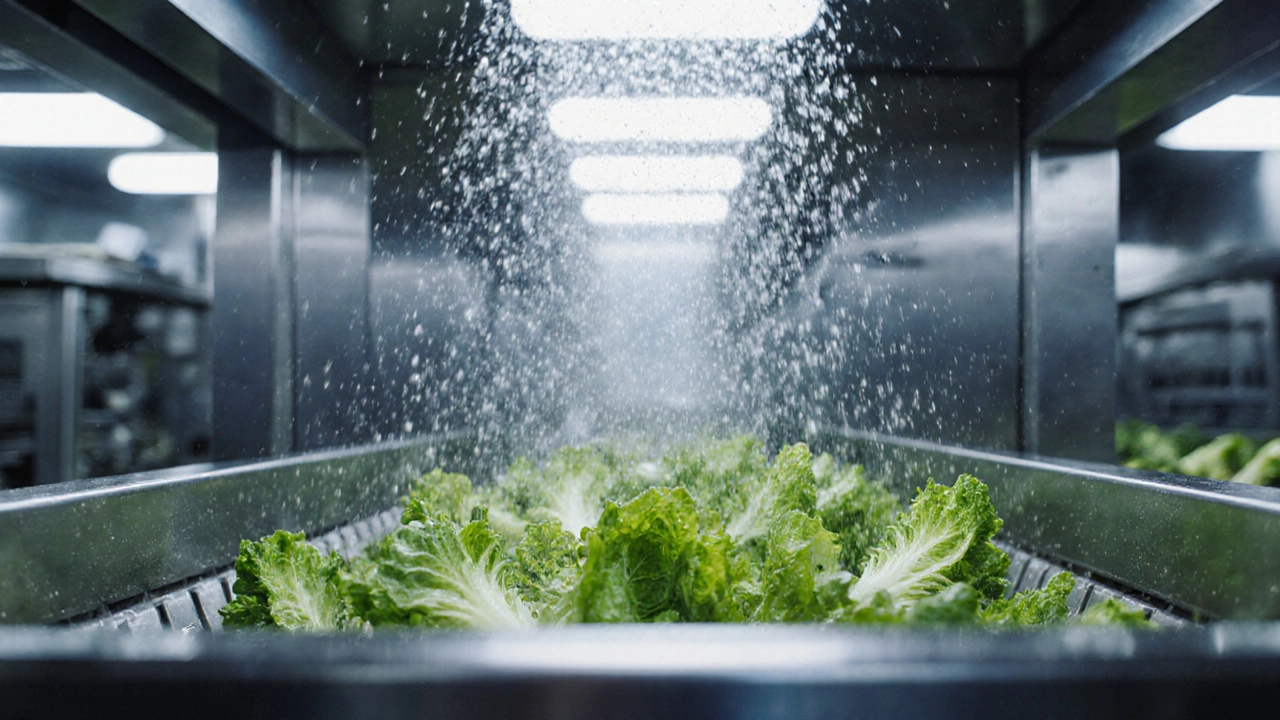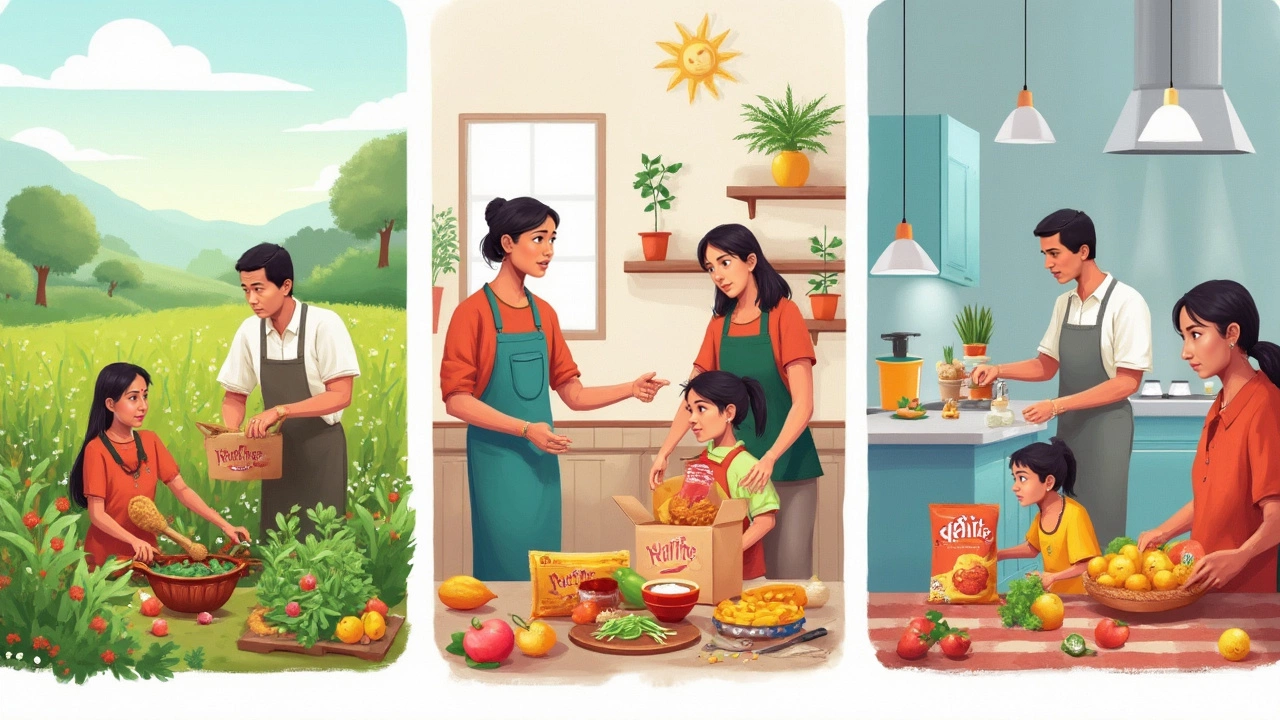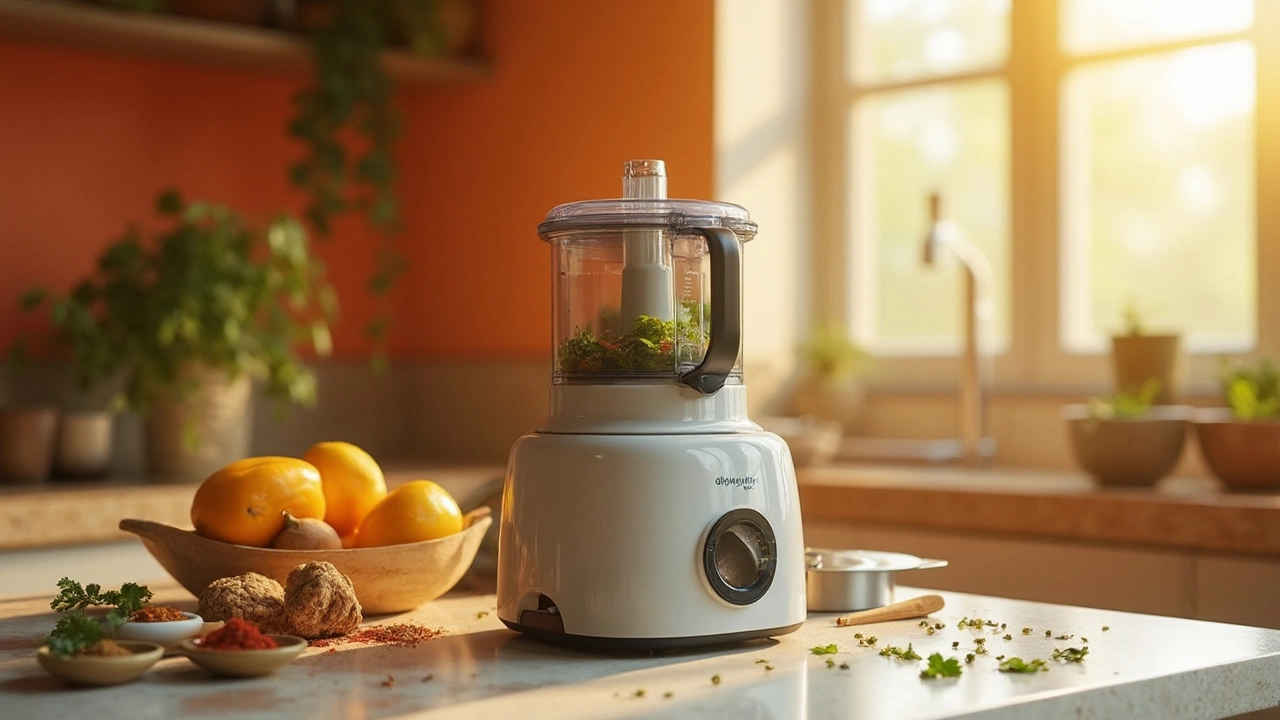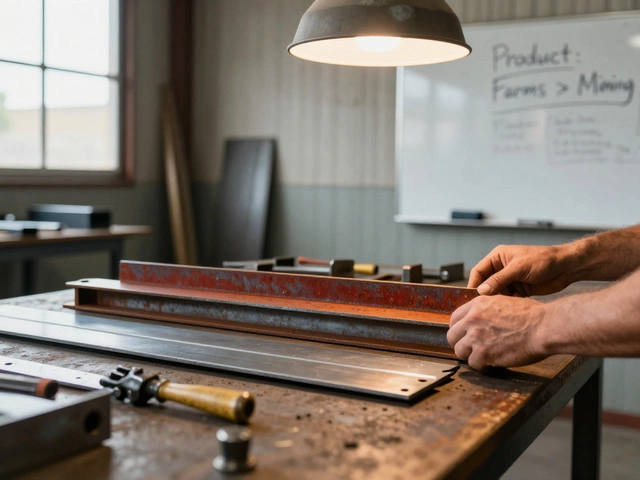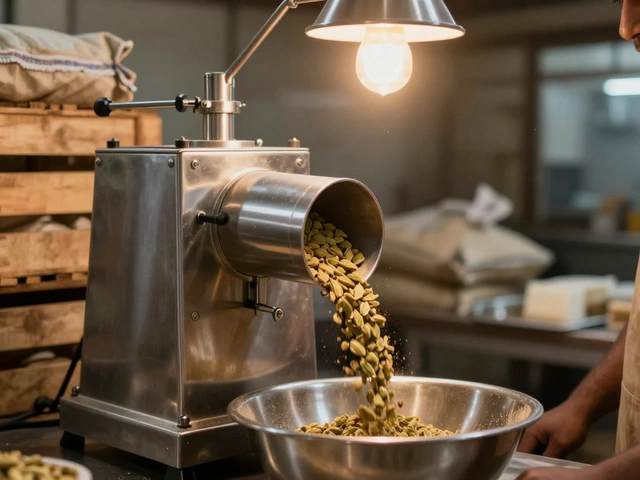Food Processing: Trends, Tech & Tips for 2025
Ever wondered how a fresh tomato becomes the ketchup on your burger? That’s food processing in action. It’s the set of steps that turn raw crops, meat or milk into the packaged foods you see on shelves. Knowing the basics helps you decide if you want to start a unit, upgrade equipment, or simply understand what makes your snack safe.
Why Food Processing Matters
First, processing adds value. A farmer can sell a bunch of wheat for a price, but a processor can turn that wheat into flour, noodles or biscuits and command a higher margin. Second, it keeps food safe. Heat treatment, pasteurisation and proper packaging stop microbes from spoiling the product. Third, it meets consumer demand for convenience – ready‑to‑eat meals, frozen veg, and long‑life drinks wouldn’t exist without it.
If you’re thinking about joining the industry, start with the most common unit types: grain milling, fruit canning, dairy processing and meat packing. Each has its own set of machines, regulations and market size. For a quick overview, check out our post “Food Processing Units Explained: How Food Factories Work and What You Should Know.” It breaks down the main equipment, safety steps and cost factors in plain language.
Key Technologies Shaping the Industry
Automation is the big driver right now. Robots can load trays, turn valves and even inspect products with cameras. This cuts labour costs and reduces human error. If you’re budgeting, note that a modest robotic arm costs around 5‑7 lakhs INR, but the payback period can be as short as 12‑18 months thanks to higher throughput.
Another hot trend is “clean label” processing. Consumers want fewer additives, so processors are using high‑pressure processing (HPP) and pulsed‑electric‑field (PEF) tech to preserve food without chemicals. These methods keep nutrients intact and extend shelf life, but they require capital investment and skilled operators.Don’t forget about data. Sensors collect temperature, humidity and speed data in real time. Cloud dashboards let managers spot bottlenecks before they cause downtime. Implementing a simple SCADA system can improve efficiency by 5‑10 % – a big win for small‑scale units.
When you plan a new unit, consider three practical steps:
- Map the process. Sketch every step from raw material receipt to final packaging. Identify where waste occurs.
- Pick scalable equipment. Choose machines that can handle your current volume but have options to add capacity later.
- Secure certifications. FSSAI licence, ISO 22000 and HACCP plans are not optional if you want to sell to big retailers.
Remember, food processing isn’t just about big factories. Small‑scale units can thrive by focusing on niche products – think organic spices, artisanal cheese or regional snacks. Our guide “Step‑by‑Step Guide to Launching a Small Scale Industry Successfully” offers a roadmap that works for food as well as other sectors.
Finally, keep an eye on market demand. In 2025, plant‑based proteins, ready‑to‑cook meals and functional foods (those with added vitamins or probiotics) are pulling the most interest. Aligning your product line with these trends can give you a quicker path to sales.
Food processing is a blend of science, equipment and market savvy. Whether you’re a seasoned manager or a fresh entrepreneur, mastering the basics, adopting the right tech and staying compliant will set you up for success. Dive into our related posts for deeper details and start turning raw ingredients into profitable products today.
What Are the Unit Operations in Food Processing?
Explore the essential unit operations in food processing, from cleaning and sizing to pasteurization, drying, and packaging, with practical tips and a handy checklist.
Read MoreUnit Operations in Food Production: The Backbone of Food Processing
Unit operations are the step-by-step building blocks that transform raw ingredients into the food we eat daily. This article explains what these operations are, why they're important, and how they affect everything from shelf life to taste. You'll get simple explanations, real-world examples, and practical tips to understand and spot these operations next time you're in your kitchen. The focus is on helping you see how everyday foods go from field to plate through a series of well-organized actions. Perfect for anyone curious about how the food industry really works.
Read MoreThree Major Types of Food Processing: What Sets Them Apart?
This article breaks down the three major types of food processing and how they shape what lands on your plate. You'll get straight facts on how food moves from the farm to your kitchen through different processing stages. The article shares real-world examples you know and use daily, tips to spot processed foods, and why each step matters. It also covers some lesser-known impacts on quality, safety, and price. You'll walk away ready to choose what fits your needs best next time you shop.
Read MorePrimary Disadvantage of a Food Processor
Food processors are a staple in many kitchens, praised for their convenience and versatility. Yet, they come with a downside: their often clunky and bulky nature. This disadvantage can make storage a challenge in compact kitchens. Understanding this drawback can help users make better purchasing decisions and optimize kitchen space.
Read More